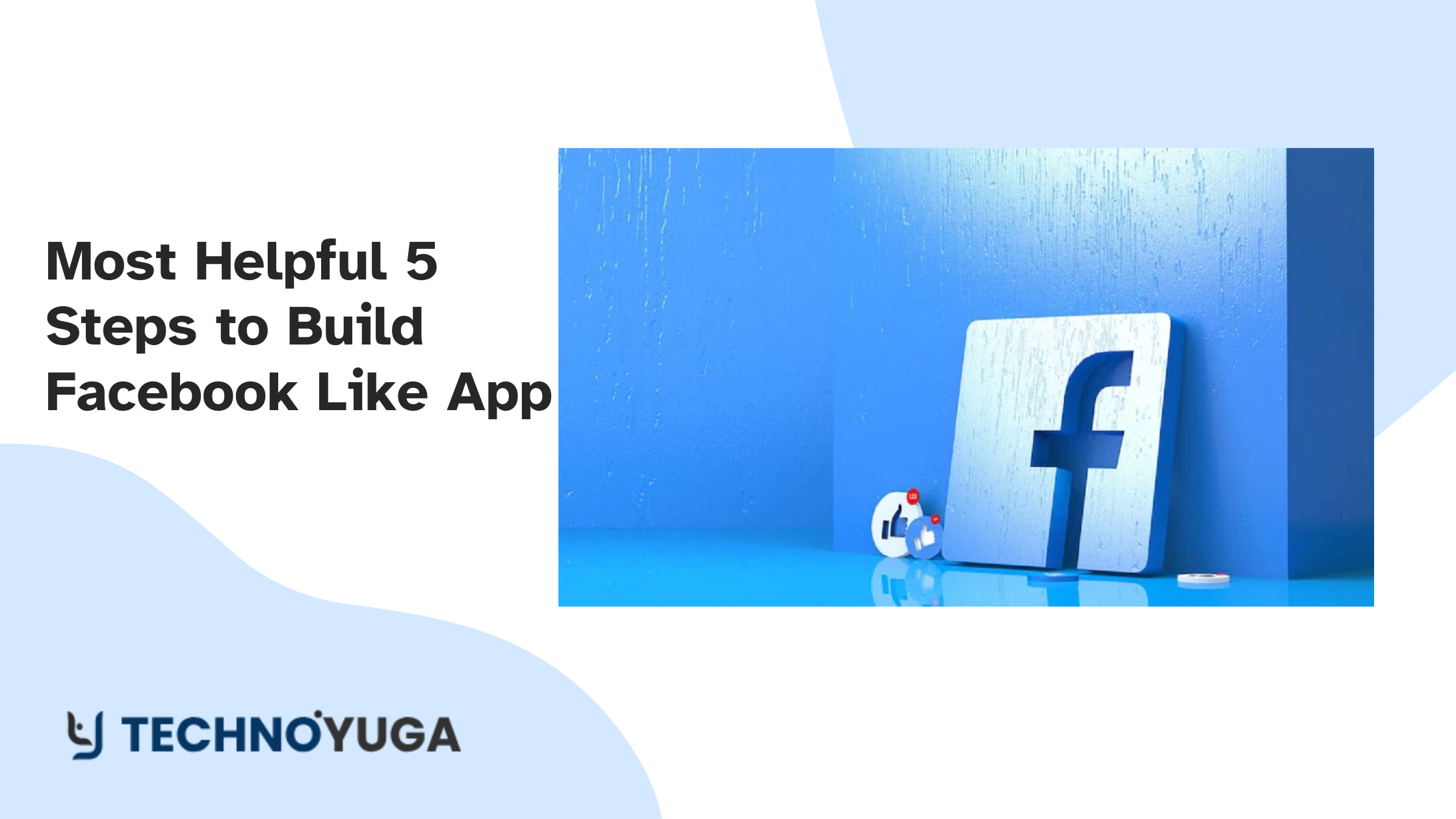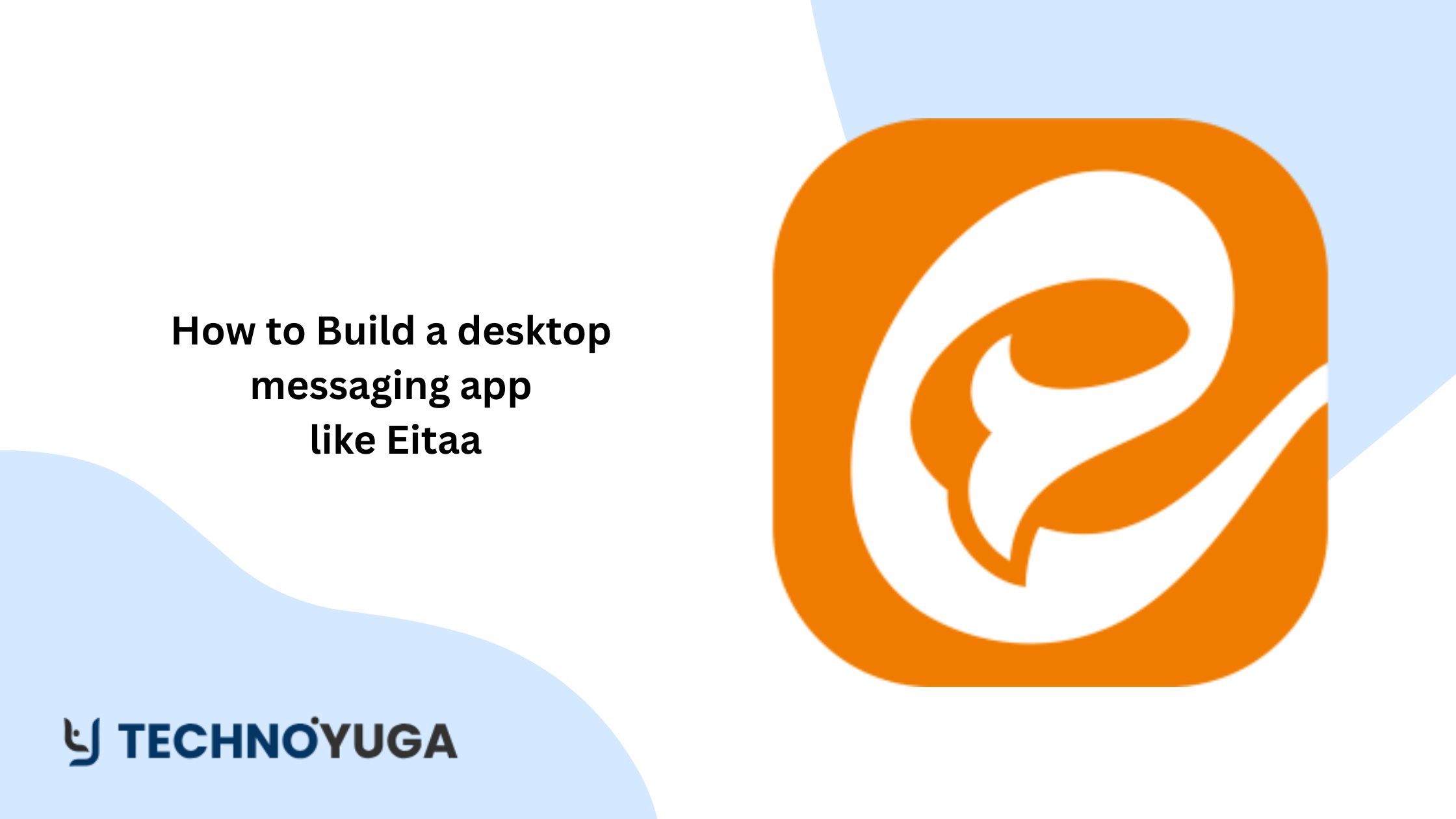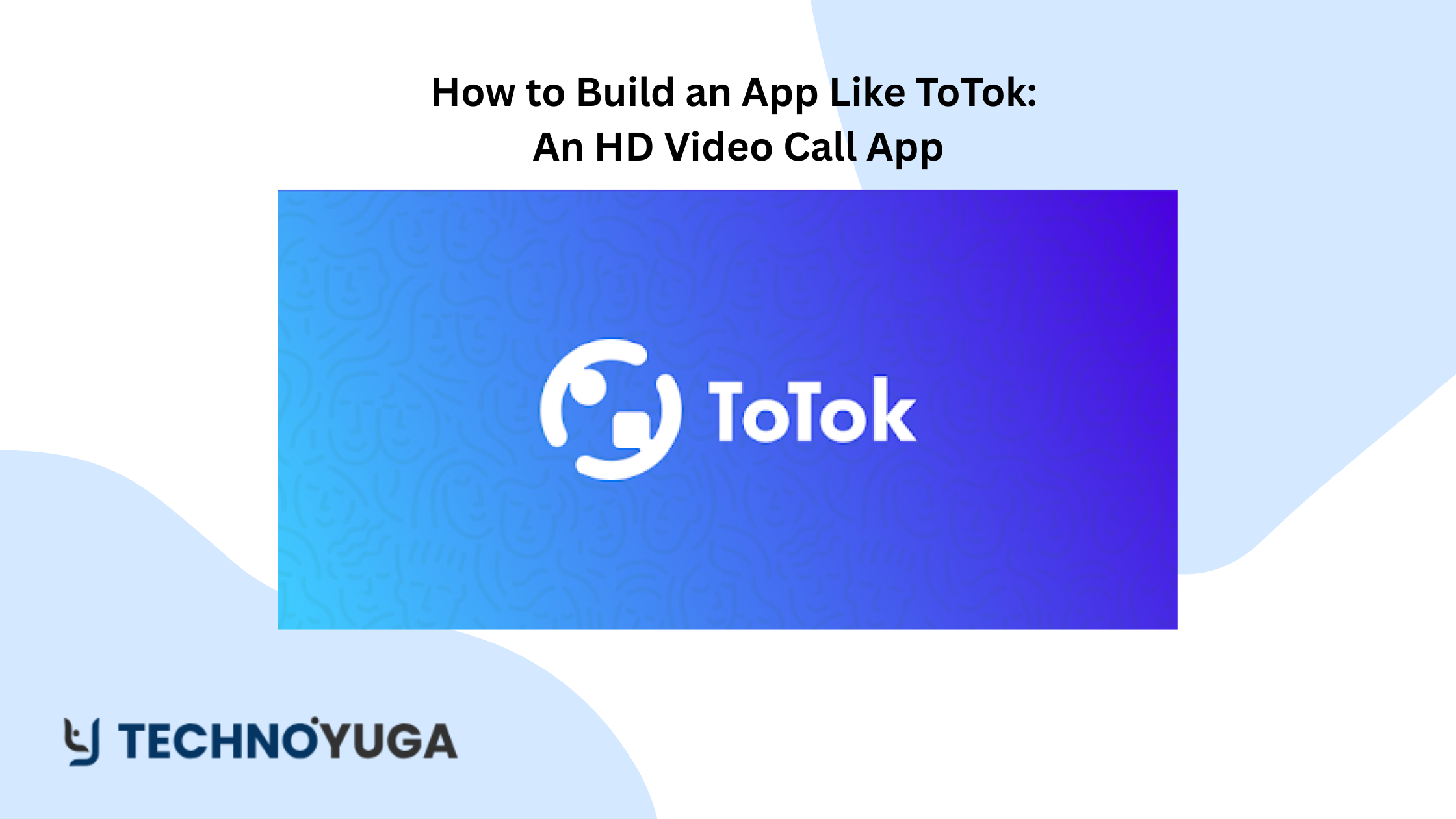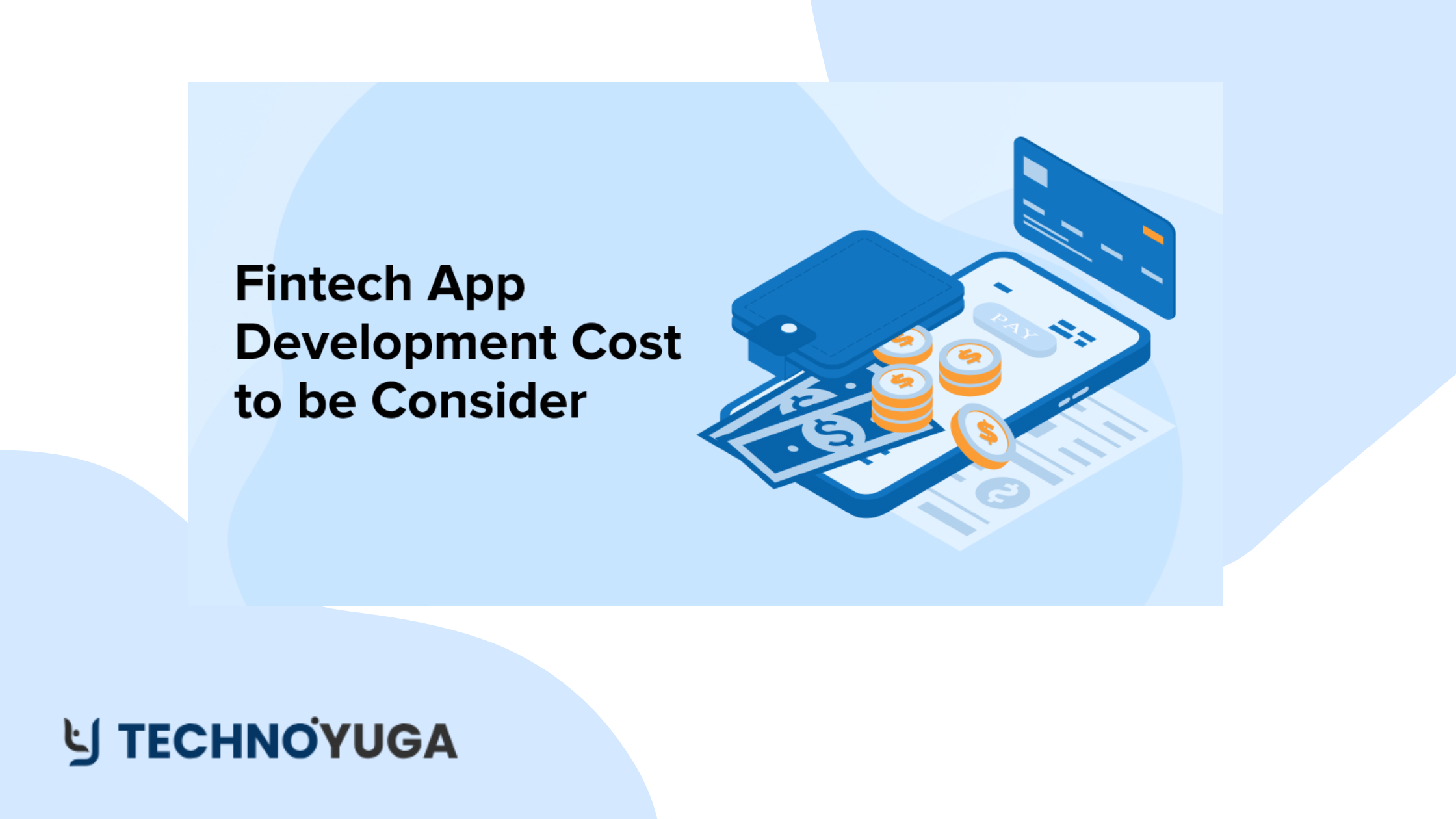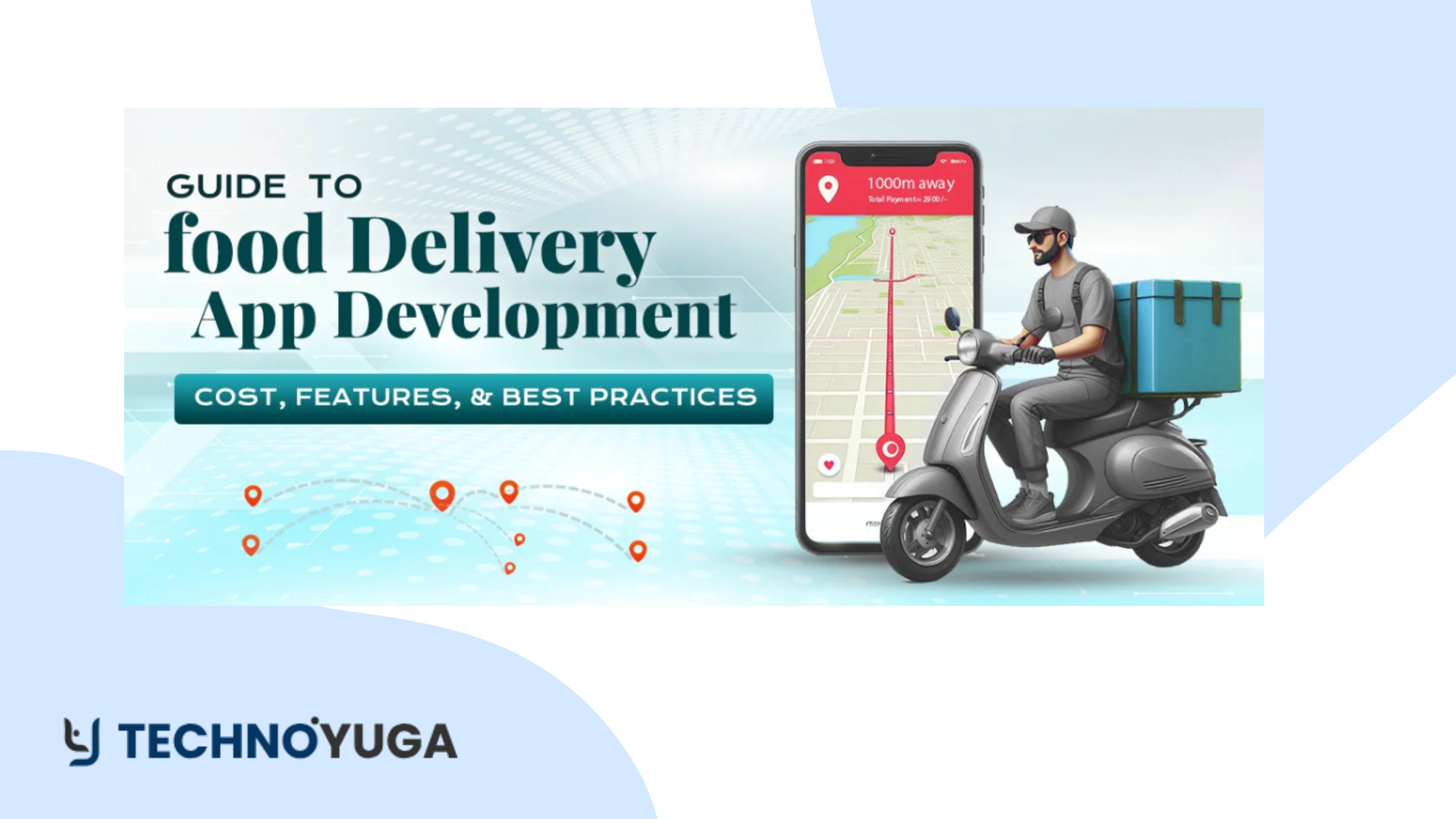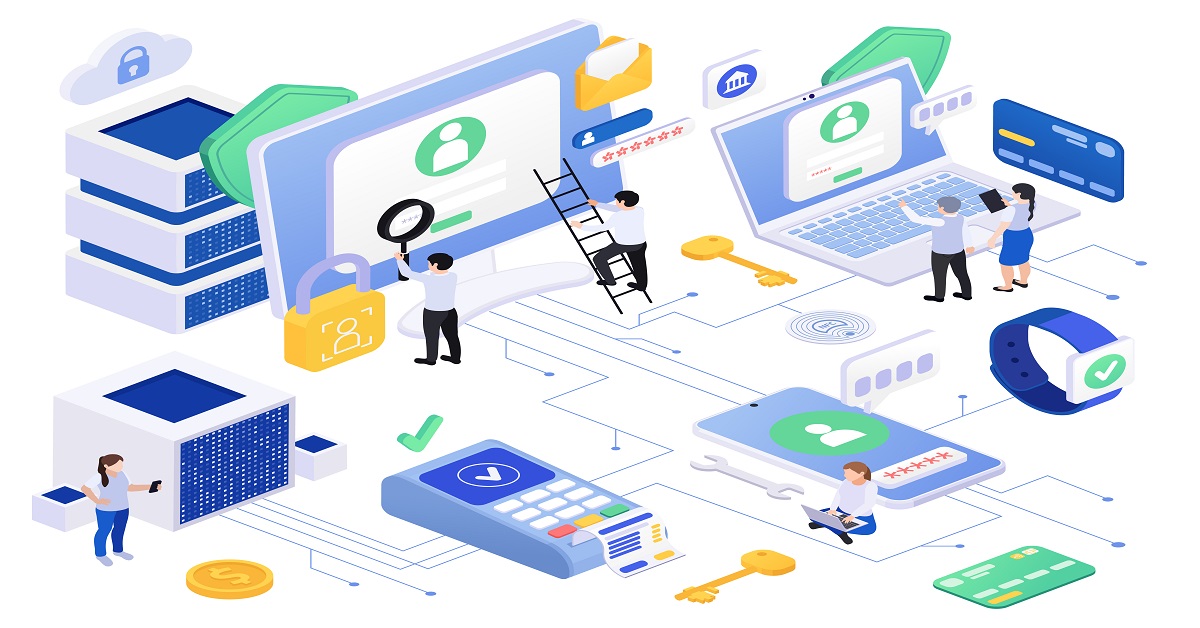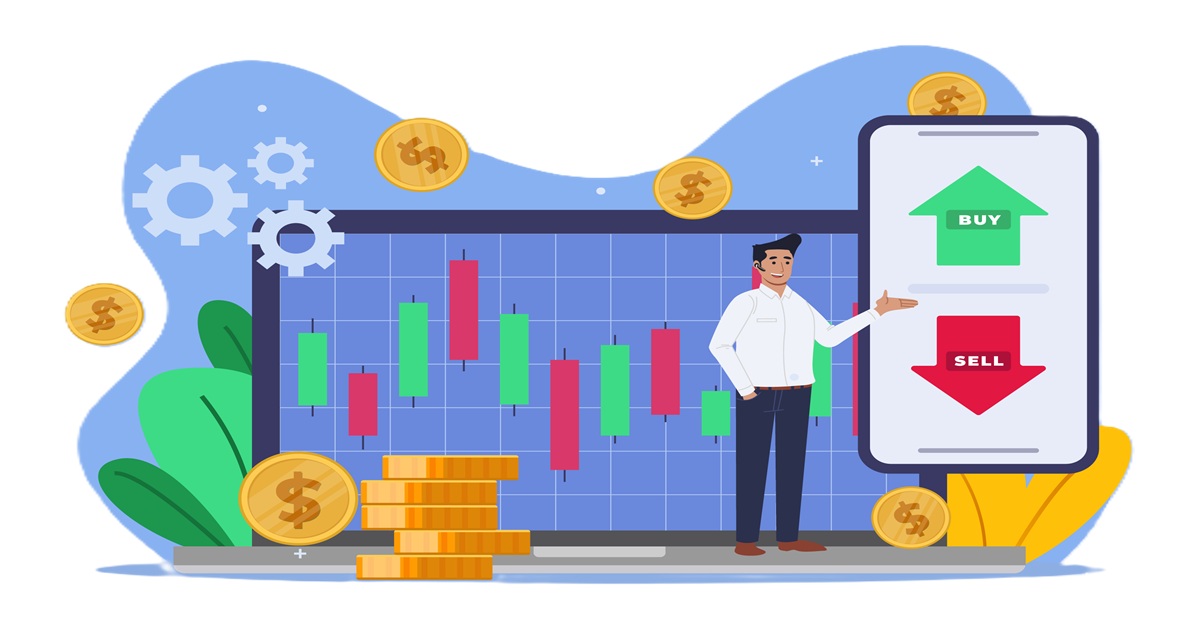It is amazing to see how a small project designed by the four college students has become the largest social media platform in the world today, known as Facebook. Its success story encourages many people to Build Facebook Like App. The use of social networking apps as an essential element of our daily life. Social media applications like Facebook have gone ahead to change the way people interact, share and communicate thus, it cannot be ignored in modern society.
The goal of this blog is to help you to develop an application similar to Facebook step by step. The following article will highlight the process of developing a social networking mobile app step by step to guarantee that you will be aware of all the procedures that are essential for creating such an effective app.
Developing an app like Facebook basically requires extensive work in a number of areas. The process should be well thought out and put into the right line of operation while having a vision of what kind of app it is advocating for. The aims of such an app may involve promoting people’s interaction and cooperation, enabling easy and effective communication as well as sharing of content and ideas.
So, let’s read more and understand how to proceed for on-demand app development like Facebook.
Overview To Facebook
Before start reading about the process to Build Facebook Like App. Let’s take a Basically, Facebook is an online social networking site that provides its users the functionalities to create personal profiles, post status updates, photos, videos, make friends, participate in groups and pages of common interest areas and read/view contents created by friends and people all over the globe. Communication, formation of new relations and business connections, and as an avenue for getting entertained have been made possible through it. It also entails tools such as messaging, events, marketplace, and a robust advertising system in which the businesses utilize to market to their targeted clients.
Features Of Facebook
To Build Facebook Like App you need to read about the features Facebook have. So, Here are some of the core features that have contributed to its widespread popularity:
- Profile Creation: One user is able to generate an account with such features as picture album, calendar, and information list.
- News Feed: An activity stream to which new posts from the friends, sites, and groups that a user subscribes to post status updates, photos, videos, and other things.
- Friend Connections: Friends can have features such as friend requests that allow users to get connected and since the connection is made one can be able to see the update of the other person.
- Messenger: A communication service that lets the users text, share voice and video messages with their friends.
- Groups: In particular users can find or establish groups by interests, hobbies or organizations to be in touch with the same kind of people.
- Pages: Personal pages that companies, companies’ official pages, celebrities, and certain brands create in order to post updates, communicate with the audience and share content.
- Events: A component that enables people to organize and participate in events as well as invite other people and get a list of the events and meetings expected to occur.
- Marketplace: An online marketplace that enables the trading of products within specific geographic regions, as is the case with classified ad sites.
- Reactions and Comments: The available options are to comment with emojis on the posts, thus being able to participate in the conversations.
- Live Streaming: An option that can be used to stream live video feed to friends or other people in their social network in real-time.
- Stories: Temporary status updates which can be posted and viewed for only twenty-four hours thus enabling users to share parts of a day in the form of stories.
- Privacy Settings: Effective privacy settings, which enshrine a person’s capability to decide who is able to view their posts, who may send them friend requests, and who may view the information about them.
- Notifications: Notifications that inform the user about new likes, comments, friend requests, event invitations, and others.
- Ads and Sponsored Content: Marketing platforms that allow organizations to post advertisements together with relevant content that will be of interest to the targeted audience.
- Memories: It is a popular feature of an application where users are given notifications of posts and previous year memories.
Facebook business model and Revenue Model
Advertising
- Targeted Ads: Through Facebook, advertisers are able to make intelligent guesses about users’ identity and propensity to exhibit certain behaviors; this is largely due to the use of complex mathematical models. This precise targeting improves ads’ relevance and thus makes promotions more efficient.
- Ad Formats: There are several formats in Meistertask including photo ads, video ads, carousel ads, slideshow ads and others. Advertisers also have the freedom of selecting the format that best suits the campaign that they have set for their product.
- Ad Placement: At Facebook, placements can be done on the news feed, right column, stories, and in-stream videos to ensure the advertisements’ visibility and popularity.
User Data
- Data Collection: Such freedoms give Facebook access to large amounts of information that is generated from the users’ activity in the network in the form of likes, shares, comments, and browsing history. This information is then employed to build up highly individualized action profiles.
- Data Utilization: The information collected serves the purpose of making ad-specific targeting more precise, enhancing the overall consumers’ satisfaction, and offering valuable information to the advertisers.
Partnerships and Collaborations
- Third-Party Integrations: Facebook works with third party applications and websites through Facebook Login which integrates easy user experiences and also increases reach of data.
- Developer Platform: The Facebook Developer Platform enables developers to develop applications which are bound to Facebook to ensure development of applications that increase the level of engagement of users.
E-commerce and Marketplace
- Facebook Marketplace: People are allowed to sell and purchase goods directly on Facebook Marketplace. This feature improves the interactivity and adds a new string to the advertisement and the monetization of apps for common users.
- Shoppable Posts: It allows making purchases through ads and posts as businesses can create shoppable posts and connect e-commerce with social media.
Subscription Services
- Premium Features: Facebook has many facilities and services for business and producers like Facebook Blueprint for advertising and Facebook Audience Network for earning money on applications and websites.9
The New World of Virtual Reality and Future Technologies
- Oculus: Facebook acquired Oculus, which is involved in manufacturing virtual reality technology, to come up with additional sources of revenues and grow in the segment of VR. Such an investment is always directed towards the future trying to find new, unexploited opportunities.
What will be The Facebook app development cost
Here’s a simplified table outlining the estimated development cost of a Facebook-like app, considering different key components and development phases:
| Component/Phase | Estimated Cost Range |
| Project Management | $10,000 – $15,000 |
| UI/UX Design | $15,000 – $25,000 |
| Front-end Development | $30,000 – $50,000 |
| Back-end Development | $40,000 – $60,000 |
| Database | $10,000 – $15,000 |
| API Development & Integration | $20,000 – $30,000 |
| User Authentication & Security | $10,000 – $20,000 |
| Social Features (Posts, Likes, Comments) | $20,000 – $30,000 |
| Chat/Messaging System | $15,000 – $25,000 |
| Notifications | $10,000 – $15,000 |
| Admin Panel | $10,000 – $20,000 |
| Testing & QA | $15,000 – $25,000 |
| Deployment & Launch | $5,000 – $10,000 |
| Maintenance & Updates | $5,000 – $10,000 per month |
| Total Estimated Cost | $220,000 – $350,000 |
Steps To Build A App Like Facebook
Here are steps you need to follow to Build a Fantasy App Like DraftKings:
Market Research and Planning
-
Identify Target Audience:
Specifying your niche is therefore all about defining who will be utilizing this application. Demographics such as age, gender, location, and interest can be considered coming first. If you have a Facebook-like application, perhaps your target group could be people of different ages who use the Internet to socialize, share information, and communicate with their friends and loved ones. Leverage knowledge of their activity level, the kind of content they prefer to post, their frequency of using social media and their most favorite features. Knowing all this information increases the chances of users’ attraction & retention because you develop your app in accordance to their needs and preferences.
-
Analyze Competitors:
Competitors analysis is a process of assessing other businesses with a primary focus on analyzing what has led to the success of social media accounts. Consider the most used applications, which include Facebook, Instagram, Tweeter, and LinkedIn, among others. Determine which tools have smooth interfaces, significant novelties, and successful social interaction solutions. Furthermore, focus on their limitations and the opportunities for changes. This analysis enables you to discover what is good or bad about your creation and come up with a better, more effective one. Monitor customer reviews and feedback and usual complaints and grievances with a view of knowing what the user of a social media platform wants to see in such a platform.
-
Feature List:
When you are about to Build a Fantasy App Like DraftKings, you must define feature lists, it is necessary to distinguish the main and supplementary options of the app. Begin with simple functionalities such as account creation, wall/posts, friends/friends’ list, private messaging, and notification respectively. To this end, it is possible to add more features that can improve the user experience, including stories, live, groups, events, and marketplace. Prioritize features depending on the findings gathered from the need analysis process targeted towards potential clients. Feature list is in fact a kind of a set of guidelines for developing your application and will help to include all the necessary components into it to create a perfectly satisfying social media application. This clarity can be useful when planning and implementing the project since it provides a clear roadmap towards the same.
-
Budget and Timeline
Setting functional goals and objectives is important in the management of the project since they help you to set a functional budget and period of the project. Add up all the costs likely to be incurred in the design of the system, development, testing, deployment as well as in the marketing of the system. Estimate each stage of the development including UI/UX design, front-end and back-end development, QA and testing. This should then be followed by realistic timeline decisions with checkpoints on each developmental phase along with testing/feedback phases. Consider possible extra time needed should there be fixes and improvements to be made after releasing the website. A logical and thorough budgeting splits and a reasonable time frame allow avoiding expenses’ excess and the project’s delay.
UI/UX Design
-
Wireframes and Prototypes
Schemas are low-fidelity and can be viewed as a blueprint/skeleton of the envisioned app with its pages. They give a guideline on where each component including buttons, image, or text shall be placed in a design. Prototypes are ways in which thes app is simulated by offering more enhanced models of the actual app that is being developed. Designing wireframes and prototypes is crucial as it helps designers and developers understand the structure of the app and address possible problems during the development stage. It is done to achieve an effective flow of user interfaces and functionality of the app in the context of usability before going through detailed design and development.
-
User Interface Design
User Interface (UI) deals with the appearance of the app and organizing the app to give the user an appealing and useful one. This embraces choosing appropriate colors, typefaces, images, logos, and icons that fit the app’s theme and nature. Its intended use is to build an aesthetically pleasing and straightforward flow for people to interact with the application. Effective UI design means that there is a clear theme for UI elements, they are easily recognizable, and easy to use, which all makes for a better user experience overall. As a result of clarity and simplicity, UI design is able to guide the user through interacting with the app, searching for data, and completing actions without confusion or hassle.
-
User Experience Design
UX design is the discipline concerned with the experiences that users have when using the application. It is all about application, utility and users’ verdict. The ultimate role of UX designers is to identify and analyze the target user’s characteristics and design a painless and engaging UX journey on the app. This ranges from general usability such as optimizing the flow of the website, minimizing the loading time and making the different features easily accessible. Thus, the appropriate design of the UX negatively predetermines the number of potential boundaries, thus making the app user-friendly and exciting. User-centricity in UX design is vital with an aim of creating not only a useful app but also a fun and enjoyable one for the user to use, thus increasing engagement and satisfaction.
Front-end and Back-end Development
-
Technology Stack:
The technology stack is a set of technologies used in the creation of an app where each tool and technology is designed to solve a certain problem. For designing the front-end of an application, one can opt for React Native, Flutter or Angular and so on and so forth that delivers a vibrant application interface. For back-end development, technologies such as node. Some languages that are frequently used are js, Django, and Ruby on Rails since they offer great frameworks for handling server-side and data processes. Selecting the right technology stack matters because it defines how your application will operate, how easily it can be scaled, and how manageable the codebase will be in the future. When used appropriately, a well-chosen stack allows an app to perform optimally and capture the intended user experience with ease.
-
Front-end Development:
Front-end development is all associated with the formation of that portion of the application which is directly accessible by the users. This is the process of overlaying the intended look and feel into the application interface to ensure that it is aesthetically pleasing and easy to navigate. Graphic designers design the layout or structure for the website, then the actual buttons, sliders, and anything that can be interactive is coded using HTML, CSS, and possibly JavaScript. When developing a Facebook style app front-end frameworks are used in creating an interface that adapts to both the web and mobile applications such as the React Native or Flutter. The purpose is to ensure that the application has appropriate layouting and is easy to work with from the user’s standpoint.
-
Back-end Development:
Back-end development deals with the specific part of the application that is not exposed to the client and includes the management of data, users, and business rules systems. This requires creation of servers and databases for storing information and designing APIs for handling users’ requests. Technologies like Node. HTML and CSS are customized to create the front-end, and technologies such as js, Python or Ruby on Rails are usually applied to the construction of the back-end. When it comes to a Facebook-like app, at the back-end, we need to deal with users’ profiles, posts, comments, and notifications. It keeps the data processing going without delay and passes it to the front end to support and sustain the performance and dependability of the app.
-
Integration:
Integration means that the front end and the back end of the app should be coordinated to function as a single software application. This involves checking whether the graphical user interface is able to effectively interact with the server to either retrieve data or upload the data. Integration tasks usually entail creating paths whereby different segments of the app pass on information. For a Facebook-like app, this implies such attributes as login, news feeding, and messaging to ensure data is passed in a seamless way from the server to the end-user device. App integration means all the elements work in harmony, which is crucial since users would expect the app to behave in a specific way.
Core Features Implementation
-
User Authentication:
User authentication involves checking whether a particular user is genuine before getting authorized to use the app. This usually includes designing of a password protected interface where users have to put their email and password to enter. To improve the security which can be considered an important feature you may add, for example, two-factor authentication or biometric login by the fingerprint or Face ID. This step makes certain that only the rightful owner can go through their accounts and data, to make sure the users’ right to privacy and data protection is served.
-
User Profiles:
User profile is one of the elements of social networks that may contain the details of a user, for instance, name, picture, description, contact information. User profiles could contain fields where users provide their likes, recent updates, and friends. This feature enables the users to customize so that they are able to share some information with other people. Interacting with other users and managing their data becomes easier when the profile has been well designed.
-
News Feed:
The news feed is a constructed interface where users can view the posts from friends, groups and pages they subscribed to. It shows news feeds, images, recordings, and status in a vertical manner, where everything is in one long list. The feed is often curated by the user and their activity; therefore, only the most popular content will be available. It assists the users in tracking the activities of their network and the interaction with newly published content, interactively.
-
Social Interactions:
Social interactions are those features that enable users to interact and relate with each other with regards to the content. This mainly pertains to the act of liking, commenting, and sharing. Liking a post means the user appreciates or enjoys the post; commenting means a user wants to engage someone in a discussion around the post shared; sharing means the user wants to share it to their own profile or other groups or pages they are a part of. Such interactions help that experience become active and diverse as the users are pointed to engage and interact with other users.
Testing and Quality Assurance
-
Unit Testing:
Integration testing checks the integration between different layers and units of the app while unit testing focuses on the individual components. Method level refers to when the testing is done in each unit, which may be a single function or method in the case of app testing. This makes it easy to diagnose problems at the right stage since errors can be fixed before they affect other stages of development. For instance, after developing the login function, you might choose to isolate it for testing to check if it complies with the user’s credential input. Functional tests are commonly used on a single module and can be integrated with a development environment where checks are run often as the code is being written.
-
Integration Testing:
Integration testing is a process of checking individual software modules or components and comparing their interaction. After different units are tested in isolation, they are integrated, and the interfaces between them are tested. This helps to validate all flow of data between the various modules and if the integrated system is working as planned. For example, you start a test with user profile and then a test with messaging and then test user profile and messaging systems as a whole to be sure that messages which one user posts are displayed correctly at the recipient’s profile page. Integration tests are effective in making sure that some problems that cannot be identified during component tests can be detected.
-
User Acceptance Testing:
User acceptance testing (UAT) is when the application is released for the actual users to use and judge the proficiency and efficiency of the application. This type of testing requires the execution of some activity typically done within the application by users in a controlled setting. Feedback is obtained for any usability problems, defects or suggestions to be made for the next version. UAT is important as it will check the app from the perspective of the end user, thus being a confirmation that the end product is user friendly and addresses the business needs. Effective UAT implies that the application is virtually prepared for use and ready to be deployed.
-
Bug Fixing:
Bug fixing means a removal of any problems which are discovered while testing and analyzing these problems. When a bug is detected, developers analyze the causes, modify the code, and verify that the issue has been fixed. This process may require going through a number of loops particularly if one is dealing with severe bugs that impact multiple aspects of the application. Bugs in the app have a negative impact on the performance and usability of the app and fixing them enhances the quality of the app. It is a continuous process, more so after the app has been developed and used by the public since issues may only be discovered with new releases and feedback.
Deployment
-
App Store Submission
Bug fixing means a removal of any problems which are discovered while testing and analyzing these problems. When a bug is detected, developers analyze the causes, modify the code, and verify that the issue has been fixed. This process may require going through a number of loops particularly if one is dealing with severe bugs that impact multiple aspects of the application. Bugs in the app have a negative impact on the performance and usability of the app and fixing them enhances the quality of the app. It is a continuous process, more so after the app has been developed and used by the public since issues may only be discovered with new releases and feedback.
-
Server Deployment
When you finish the Build a Fantasy App Like DraftKings process or steps involved in submitting an application in application stores, such as Google Play and Apple App Store, etc. However, before anything, you will need to open developer accounts with those platforms. After that, you need to get ready to submit your app following their instructions which involve app listing containing app name, description, screenshots, and an icon. They will also require you to fill in sections about the application’s features and what information it collects, as well as its privacy policies. When everything is set, upload the files of your app, and then you can submit and get it reviewed. It also helps the store quality check to ensure that your app is fit for publication and complies with the set standard and policies. Once the app has been approved, it is ready for the public to download from the app stores.
Conclusion
Build a Fantasy App Like DraftKings is not just about coding but follows an orderly procedure so as to achieve the best result of a functional, friendly, and easy to expand application. The most important stages are market analysis and strategy, UI/UX design, proficient front-end and back-end development, selection of the staking, and integration of all parts. So, by following these steps, it will be possible to provide a solid base for developing a successful social media application that would be interesting for users and would meet their needs.
Technoyuga Soft is the company for you if you are willing to develop the concept of a social media application. Based on our knowledge of app development, we can help you build a social media platform for a particular app from inception to deployment. Hire us today to help you in developing an outstanding social media application that will achieve your goals.
